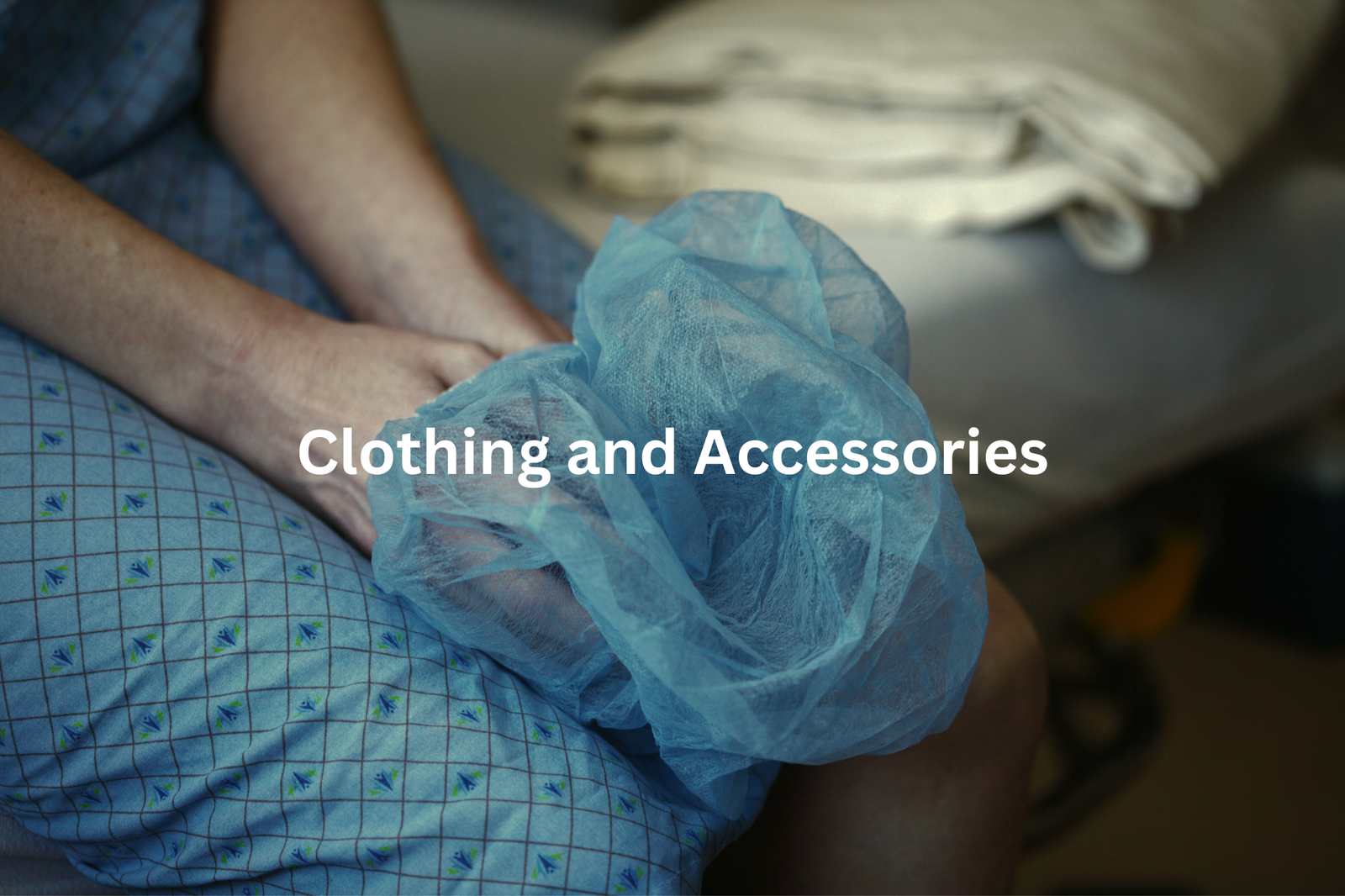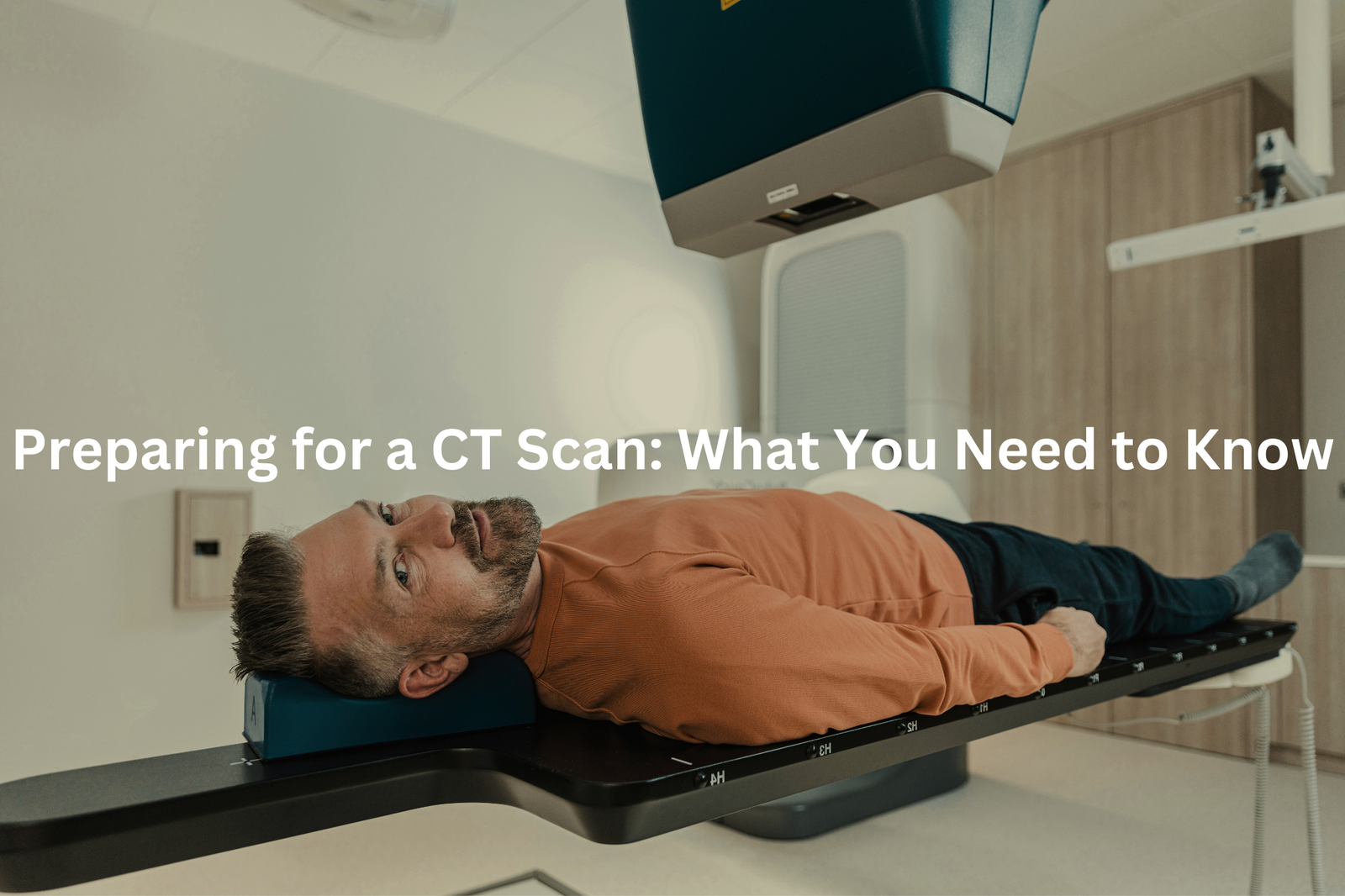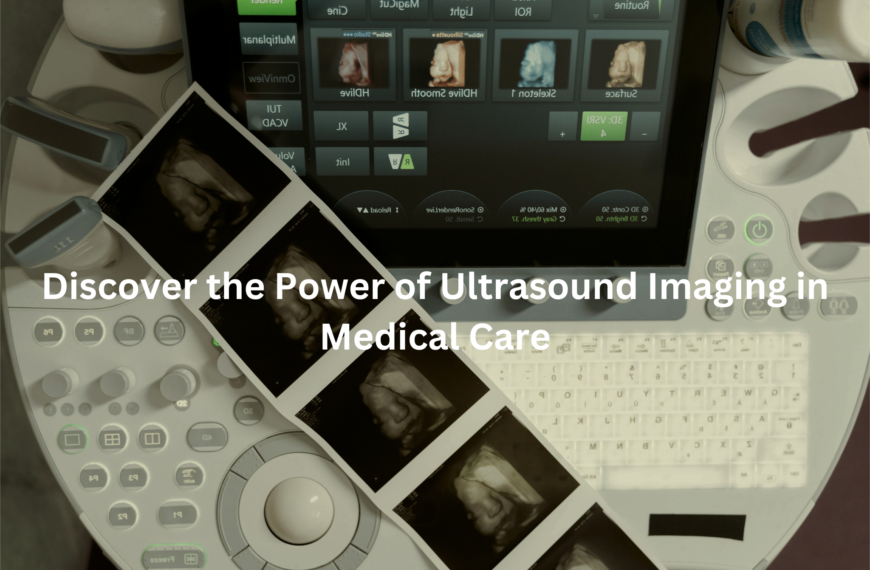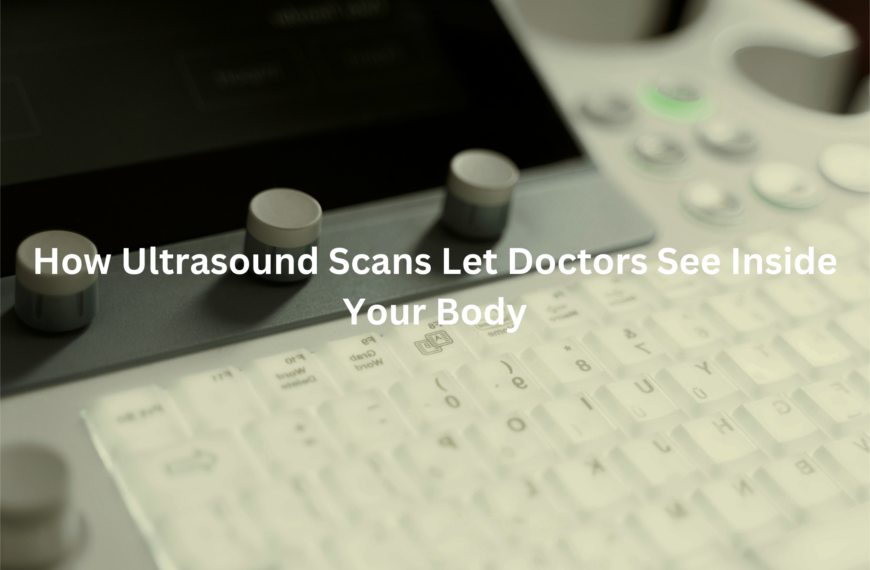Preparing for a CT scan? Learn easy tips to ensure smooth results and get a clearer look at your health. Stay calm and ready for accurate images!
Getting ready for a CT scan is really important for good results. A CT scan uses special x-ray beams to take clear pictures of what’s inside your body. It’s important to follow some steps before your scan. First, you might need to avoid eating for a few hours.
Drink plenty of water to stay hydrated. If you take any medicines, tell your doctor. They might need to adjust what you normally take. It’s normal to feel a bit anxious, but don’t worry. Keeping these steps in mind will help everything go smoothly. Keep reading to learn more about what to expect!
Key Takeaway
- Follow instructions from your healthcare provider carefully.
- Fasting may be required, especially if contrast dye is used.
- Avoid wearing metal and be sure to inform staff about your health.
Understanding The Preparation Steps
When you book a CT scan, every imaging centre has its own way of doing things. Some feel a bit cold and clinical, others more friendly. Either way, they’ll give you instructions—follow them.
Getting ready for a CT scan isn’t hard, but it’s not a free pass either. They might tell you to:
- Skip food or drink for 4–6 hours.
- Arrive 15–30 minutes early.
- Wear loose clothes or a hospital gown.
These steps matter. Fasting helps the machine get clearer images, especially with contrast dye. Arriving early keeps things calm—you don’t want to rush in stressed. I remember my dad’s scan. He had to drink contrast dye. “Tastes like chalky juice,” he joked. But it helped the doctors spot his kidney stone.
Got questions? Ask. The techs are there to help. Oh, and skip the metal—watches, belts, even bras with wires. Makes life easier. Follow their advice, and it’ll go smoothly.
Fasting Requirements
Some scans need a bit of prep, especially CT scans with IV contrast dye. Fasting is often part of it. Usually, you’ll need to stop eating about four hours before the scan(1). Drinking water? That’s fine, and staying hydrated is actually helpful.
Mum had a scan once, and she hadn’t eaten since breakfast. By 3 pm, she kept asking, “Can’t I just have a biscuit?” The fasting helps reduce nausea from the dye and makes the images clearer. So, it’s worth it.
Water’s the exception—unless they tell you otherwise, keep sipping. Dehydration can sneak up on you, and it’s no help during tests.
Check your instructions carefully. Is it a four-hour fast? Six? More? Don’t guess. If fasting’s tough for you, let the staff know. They’re usually understanding and can adjust if needed. The prep’s there to help. Follow it, and you’ll get better results. Skipping a meal isn’t so bad, really.
Contrast Material
Contrast dye makes CT scans feel almost like magic. It’s not just pictures anymore—it’s detail and depth. The dye, usually iodine or barium, helps highlight what’s hidden.
Here’s how it’s used:
- IV injection: A quick needle, then a warm flush spreads through your body (some say it feels like wetting yourself—odd but normal).
- Drinking it: Sometimes chalky, sometimes fruity, it lights up your digestive system for the scan.
If you’ve had reactions before, tell the staff. Allergies, asthma, or kidney issues could make it risky. I remember my dad’s first CT with contrast. He panicked at the warmth, thinking something went wrong. The tech reassured him it was normal, and he relaxed—mostly.
Contrast highlights blood vessels, tumours, or infections so doctors can see even tiny problems. Ask questions beforehand. Like, can you drive after? (Yes.) Or will it taste bad? (Maybe.) It’s not magic, just science helping doctors help you.
Clothing and Accessories

Clothing for a CT scan seems easy until you realise how picky the machine is(2). Metal? It’s a no-go. Zippers, buckles, jewellery—they mess up the images. Even small bits can create shadows, making the scan unclear.
A scan tech once told me about a bloke who forgot to remove his piercings. They had to stop and start over. Awkward. So, here’s the deal:
- No jewellery: Leave rings, necklaces, and piercings at home.
- No metal in clothes: Elastic waistbands and pullovers work better than jeans or bras with underwires.
- Remove extras: Glasses, hearing aids, dentures—anything removable.
Loose, comfy clothes are best, as long as they’re metal-free. If you’re unsure, they’ll give you a hospital gown (not stylish, but it works). Mum once wore a blouse with silver buttons. Had to swap it for a gown. Now she sticks to trackies. Simple, soft, easy—that’s the trick.
Medical History
Source: MAYO Clinic.
Walking into an imaging centre feels a bit like stepping into a quiet machine. People sit in rows, flipping through magazines or staring at their phones, but the real work starts with that form they hand you. It’s not just paperwork—it’s your health story.
They’ll ask about:
- Medical conditions: Things like asthma, diabetes, or kidney issues.
- Medications: Any pills you’re taking, even vitamins or herbal stuff.
- Past reactions: If you’ve ever had trouble with contrast dye, say so.
I remember my mum once listing her meds on a sticky note she pulled from her bag. The nurse smiled and said, “This is perfect.”
Why’s it so important? Contrast dye, used in some scans, can affect your body differently if you’ve got certain conditions. Allergies too—whether it’s iodine or even tape adhesive—can matter. So, fill it out carefully. It’s not just a form. It’s your safety.
During the Scan

The CT scanner room feels like something from a sci-fi film. It’s quiet, with the low hum of machines and a big, circular scanner (like a giant doughnut) waiting for you. You’ll lie down on a firm table—it’s not exactly comfy, but it’s fine.
Here’s how it works:
- You lie still as the table moves into the scanner.
- Sometimes, they’ll ask you to hold your breath for a few seconds. This helps get clear images.
- The scan is quick, usually 10 to 30 minutes.
I remember being a bit nervous my first time. The machine seemed huge and mysterious, but once I was lying there, it wasn’t bad.
If you’re unsure, ask the staff—they’re watching from the control room and can talk to you through a speaker. Just stay still, relax, and let the machine do its job. It’s painless and over before you know it.
After the Scan
Walking out of the CT scanner room, most people feel a mix of relief and curiosity. It’s over, but now comes the waiting—waiting for results, answers, or maybe just some peace of mind.
After a CT scan, life usually gets back to normal quickly(3). Here’s what to keep in mind:
- Stay hydrated. If contrast dye was used, drinking water helps flush it out. Aim for at least a litre or two over the next day.
- Watch for mild side effects. A metallic taste or slight nausea can happen but usually fades fast.
- Ask questions. If anything feels unclear later, contact your doctor. They’ll explain the results and next steps.
I remember a nurse saying, “Water’s your best friend after a scan.” She was right. That day, I carried a water bottle everywhere. The key? Follow their advice, even if it’s simple. It’s there to help.
FAQ
What is a CT exam?
A CT (Computed Tomography) exam, also known as a “cat scan,” is a type of medical imaging test that uses X-rays and a computer to create detailed images of the body’s internal structures, including the chest, abdomen, and soft tissues. CT scans can help diagnose a wide range of medical conditions, from heart disease to kidney stones.
How does a CT scan work?
During a CT scan, you’ll lie on an exam table that slides into a circular hole in the CT scanner. The machine rotates around you, taking multiple X-ray images from different angles. A computer then combines these images to create a detailed, three-dimensional picture of the inside of your body.
What should I do before a CT exam?
If your CT scan requires the use of a contrast agent, you may need to avoid eating or drinking for a short period before the test. You should also inform your healthcare provider if you have any metal implants, such as a pacemaker or hearing aids, as these can interfere with the imaging process.
What happens during a CT scan?
During the CT scan, you’ll lie still on the exam table as the machine moves around you. You may feel a warm sensation when the contrast agent is injected, but this is normal and should not cause any discomfort. The entire procedure typically takes less than an hour, and you can return to your normal activities immediately afterward.
How do I prepare for a CT scan?
To prepare for a CT scan, it’s important to arrive at the medical centre early and follow any specific instructions from your healthcare provider. This may include avoiding certain foods or medications, arriving with a full bladder, or removing any metal objects. Be sure to inform your provider of any medical conditions or allergies you may have.
What are the potential side effects of a CT scan?
While CT scans are generally safe, they do involve a small amount of radiation exposure. However, the benefits of the test typically outweigh the risks. In some cases, the contrast agent used during the scan may cause side effects, such as a warm sensation or temporary kidney problems. If you have any concerns, be sure to discuss them with your healthcare provider.
How can a CT scan help diagnose medical conditions?
CT scans can provide detailed images of the body’s internal structures, which can help healthcare providers identify and diagnose a wide range of medical conditions, such as heart disease, kidney problems, and abdominal pain. The images can also be used to guide medical procedures, such as biopsies or surgical planning.
What is a CT calcium score?
A CT calcium score is a special type of CT scan that measures the amount of calcium buildup in the coronary arteries, which can be an early indicator of heart disease. This test can help healthcare providers assess your risk of developing heart problems and guide your treatment plan.
Conclusion
Getting ready for a CT scan is easy if you follow a few simple steps. First, listen carefully to your healthcare provider’s instructions. You might need to fast for several hours, so be prepared. Wear comfortable clothing without any metal, like zippers or buttons. Remember, keeping these things in mind can make your experience smoother. And if you have any questions, don’t hesitate to ask— because your health is very important! Take a deep breath, you’re in good hands!
References
- https://i-med.com.au/procedures/ct-scan#:~:text=Many%20types%20of%20CT%20scan,dietary%20requirements%20(e.g.%20diabetes).
- https://envisionmi.com.au/service/ct-scan/
- https://metronorth.health.qld.gov.au/rbwh/healthcare-services/medical-imaging/ct




